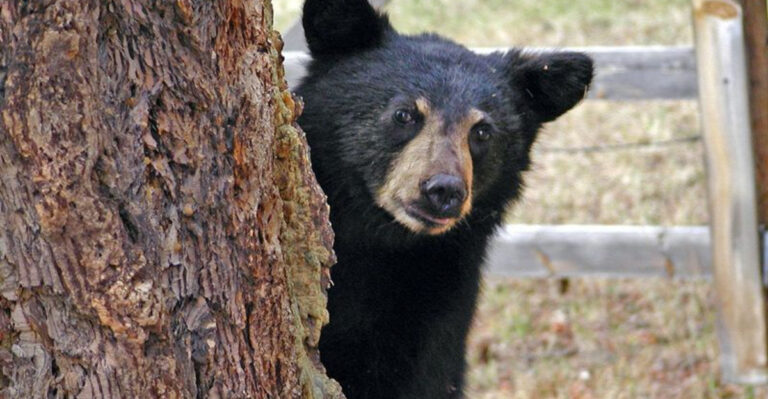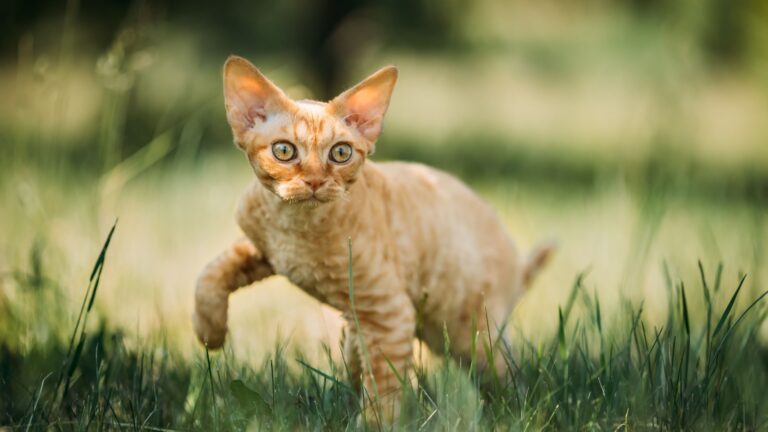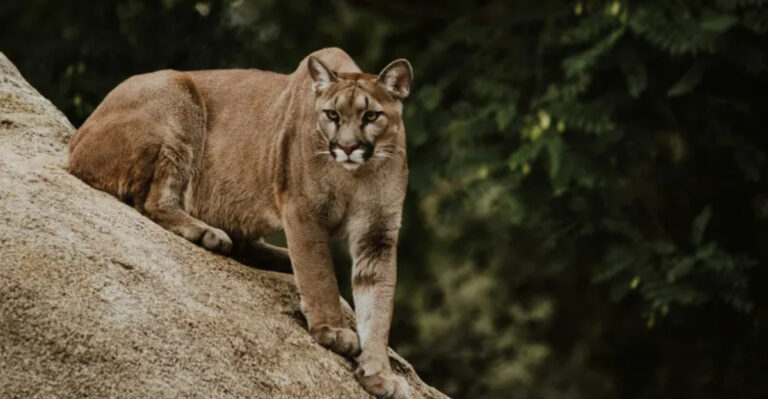More Than Just Ink: Inside The Surprising World Of The Cuttlefish
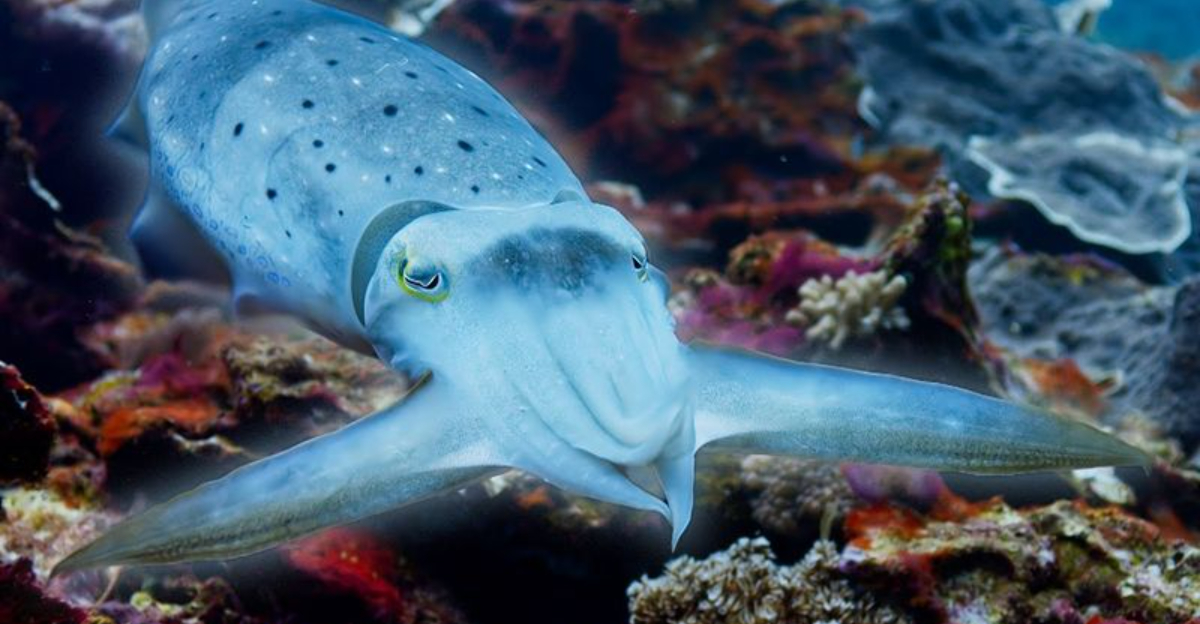
Who would’ve thought that a creature resembling a floating UFO could be so fascinating?
Cuttlefish, the ocean’s enigmatic cephalopods, are masters of disguise and deception. With their W-shaped pupils and ink-squirting abilities, these marine marvels hold secrets aplenty.
So, let’s dive into the captivating realm of cuttlefish and uncover 15 surprising facts that make them more than just ink!
1. Color-Changing Chameleons

Imagine having an outfit for every mood! Cuttlefish are marine maestros when it comes to changing colors. In a blink, they can switch from drab to dazzling, thanks to their specialized skin cells called chromatophores.
But it’s not just about looking pretty – they use this skill to communicate, camouflage, and even hypnotize prey.
Their ability to transform is so mesmerizing that it rivals the chameleon’s famous trick. Next time you see a cuttlefish, remember it’s not just showing off – it’s speaking a vibrant language of survival and flair.
2. Master Of Illusions

Say goodbye to magic shows – the cuttlefish is the true wizard of the sea. It can mimic textures and patterns, fooling both predators and prey alike.
How? By adjusting the papillae on their skin, they can replicate the appearance of rocks, sand, or coral.
It’s like having a superpower that lets them hide in plain sight. This remarkable talent helps them avoid danger and sneak up on dinner without a hitch.
3. W-Shaped Wonders
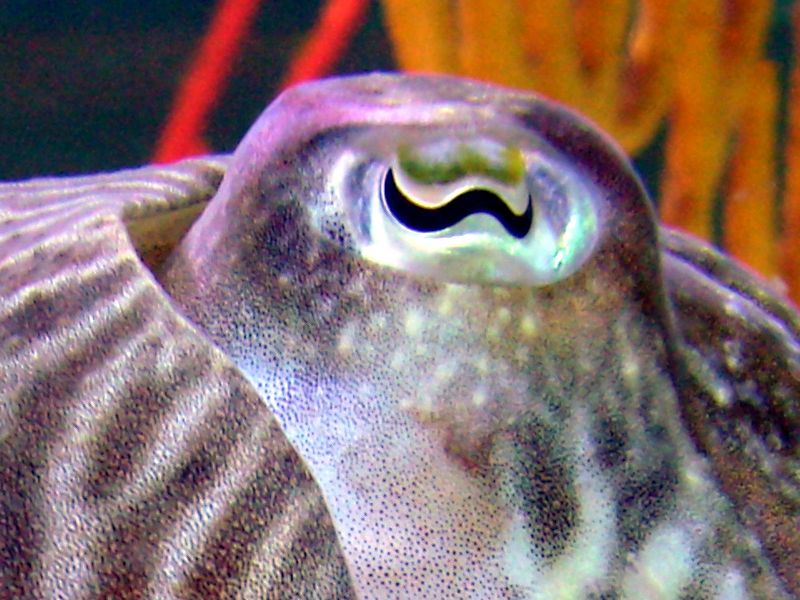
Have you ever noticed the peculiar W-shape of a cuttlefish’s pupils? These aren’t just for show – they provide a panoramic view of the world, perfect for spotting threats and snacks.
Unlike our round pupils, theirs enhance contrast and help in low-light conditions, making night-time hunting a breeze.
Their vision is so intriguing that researchers study it to improve camera technologies! So, the next time you’re wrestling with your camera settings, maybe take a cue from the cuttlefish’s eye design.
4. Eight Arms And Two Tentacles
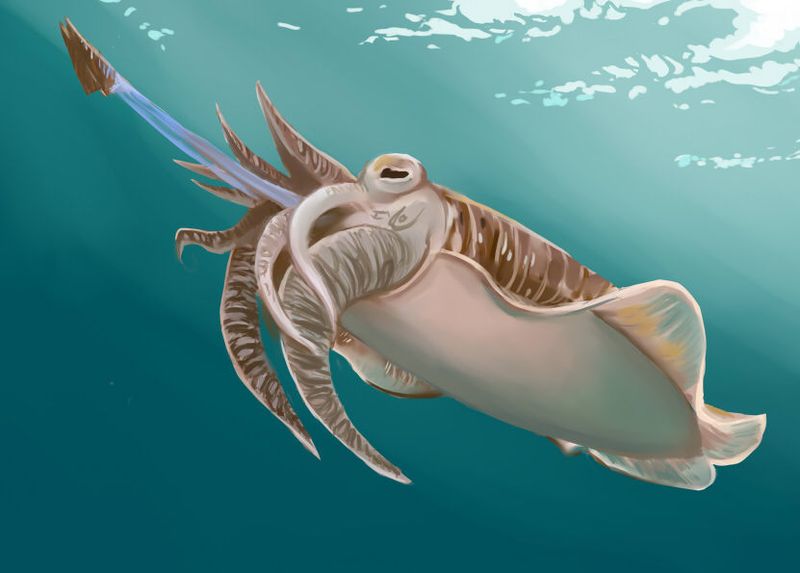
With eight arms and two tentacles, a cuttlefish might seem like it’s got a bit much going on. But each limb has its purpose – the arms for holding and manipulating, the tentacles for striking.
Think of it as having the ultimate multi-tool built right in!
This combination allows them to catch prey with impressive precision. Watching a cuttlefish in action feels like witnessing an underwater dance, where every move is calculated and every limb plays its part.
5. Intelligent Invertebrates
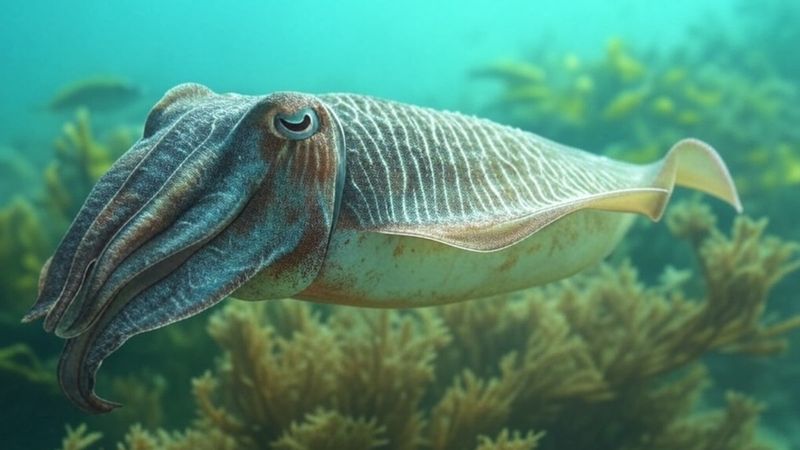
If you think intelligence is limited to land creatures, think again. Cuttlefish are known for their impressive cognitive abilities.
They can remember, learn, and even exhibit problem-solving skills comparable to some vertebrates. Researchers have observed them navigating complex mazes and demonstrating curiosity about new objects.
This intellectual prowess adds another layer of intrigue to these already fascinating creatures. Next time someone calls you a “fish brain,” it might just be a compliment!
6. The Ink Defense
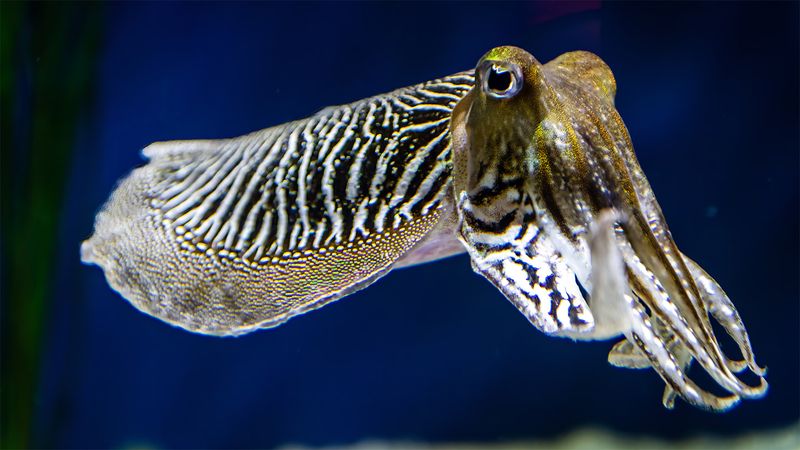
When you think of cuttlefish, ink might come to mind. This isn’t just any ink – it’s their secret weapon. When threatened, a cuttlefish can eject a cloud of ink to confuse predators, buying time to escape.
This tactic is as effective as a smoke bomb but with an aquatic twist. It’s a classic example of how nature provides creatures with unique tools for survival.
7. Cuttlefish Bone
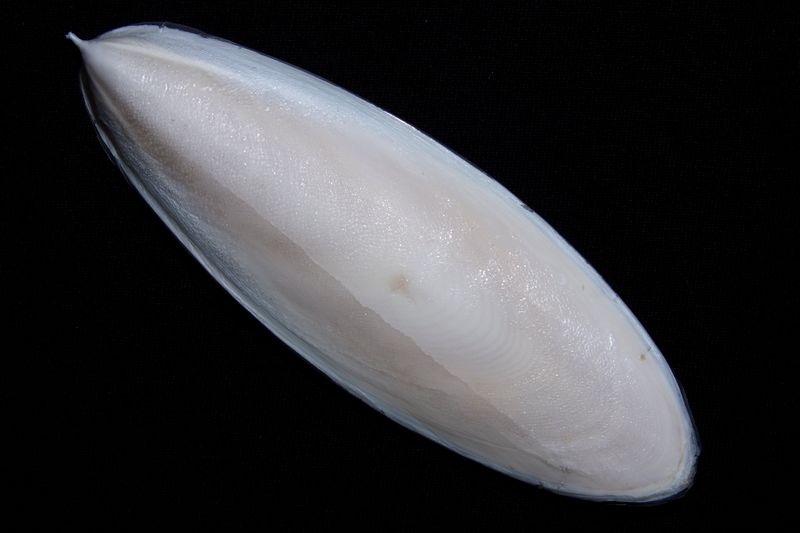
Don’t be fooled by the name – a cuttlefish bone isn’t actually a bone. It’s a unique internal shell known as a cuttlebone, which helps control buoyancy.
This gas-filled structure allows them to float effortlessly at different ocean depths. It’s like having a built-in life vest that adjusts as needed.
Often used in parrot cages as a calcium source, the cuttlebone is a surprising link between land and sea creatures. Next time you spot one, remember its role in the cuttlefish’s buoyant ballet.
8. A Short Life, Well Lived
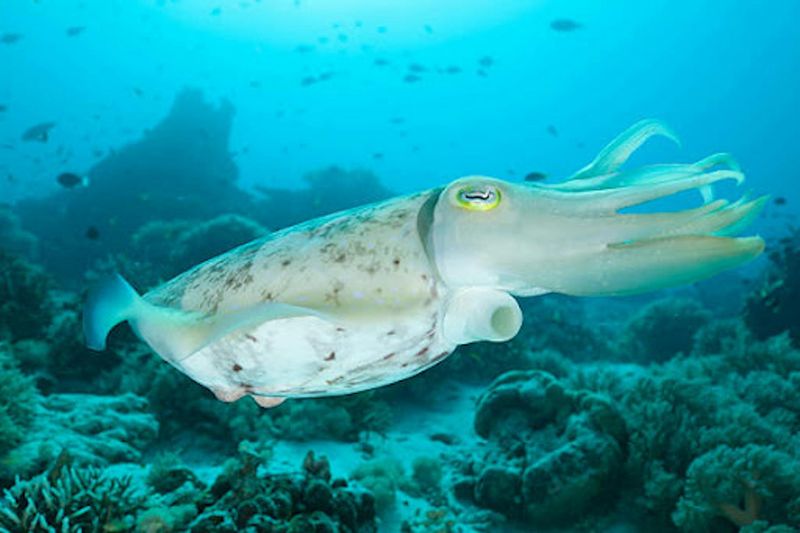
Life’s short for a cuttlefish – typically just one to two years.
Despite their brief existence, they pack a lot into those months, from complex mating rituals to cunning hunts. It’s a whirlwind of activity, showcasing a life lived to the fullest.
Their fleeting time doesn’t limit their impact on the ecosystem, playing a crucial role in the ocean’s food web.
9. Mating Displays
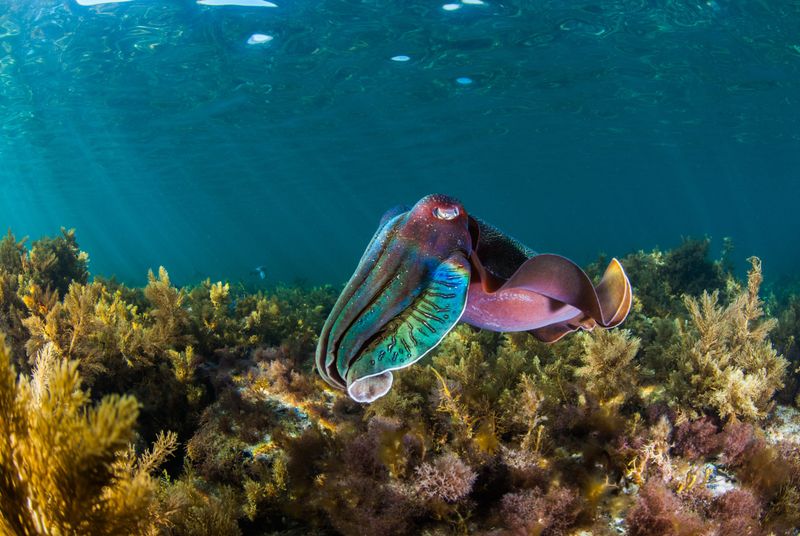
When it comes to romance, cuttlefish go all out. Males perform intricate dances and color displays to woo the ladies. It’s not just about looking good – these displays signal fitness and suitability as a mate.
In some species, males even pretend to be females to get closer to potential partners. Talk about commitment to the art of love! These elaborate courtship rituals highlight the cuttlefish’s flair for drama and strategy.
10. Versatile Diet
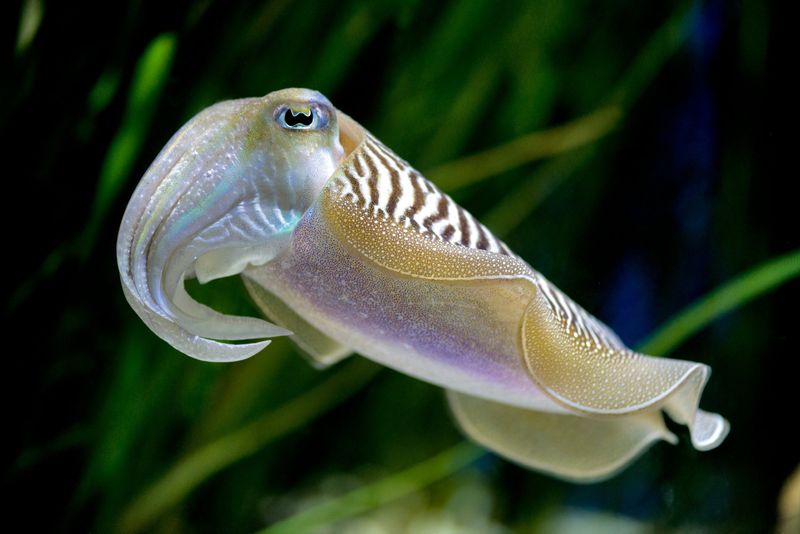
Cuttlefish are not picky eaters. Their diet includes fish, crabs, and even other cuttlefish if the opportunity arises. Equipped with a beak-like jaw, they can tackle tough shells with ease.
Their dining flexibility ensures they thrive in diverse environments, adapting to food availability. It’s like having an all-you-can-eat buffet everywhere they go, keeping them well-fed and ready for whatever the ocean offers.
11. Cuttlefish Communication
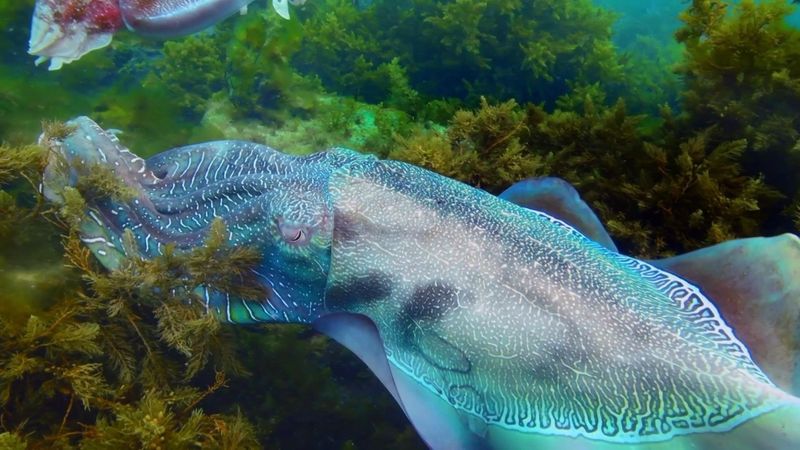
Communication is key, even underwater. Cuttlefish use their color-changing abilities to send signals to each other. From warning flashes to invitations for companionship, they have a vibrant vocabulary.
This visual language is crucial for social interactions, helping them navigate complex relationships. It’s a reminder that communication isn’t always about words – sometimes, a splash of color says it all.
12. Ancient Origins

Cuttlefish have a long lineage, with ancestors dating back over 500 million years. These ancient ties connect them to some of the earliest cephalopods, painting a picture of evolution’s creativity.
Their enduring presence is a testament to adaptability and resilience, surviving through various climate changes and oceanic shifts.
13. Sensory Overload
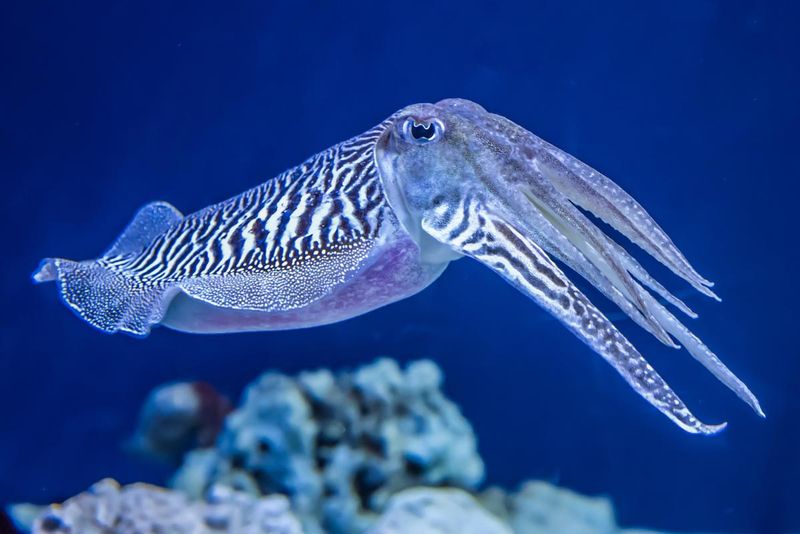
Cuttlefish are sensory marvels, with advanced sight, touch, and possibly even taste detection. They can perceive polarized light, adding another dimension to their already keen vision.
This heightened sensory ability allows them to navigate complex environments, find food, and avoid predators with finesse.
Imagine having senses so sharp, they make the world burst into vivid detail. It’s a sensory experience that keeps the cuttlefish a step ahead in its underwater adventures.
14. Role In Ecosystem

In the vast oceanic tapestry, cuttlefish play a pivotal role. As both predator and prey, they are crucial in maintaining the delicate balance of marine ecosystems. Their presence influences the population dynamics of their prey and predators alike.
They serve as a vital link in the food chain, connecting different trophic levels and supporting biodiversity. It’s a dance of give-and-take, where each cuttlefish contributes to the ocean’s health and vitality.
15. Mysterious Brain

The cuttlefish brain is a conundrum wrapped in an enigma – small yet incredibly complex. Despite its size, it manages intricate tasks like color change, camouflage, and social interactions.
Researchers are fascinated by its neural network, which rivals that of larger animals. This compact powerhouse is a testament to the wonders of evolution, proving that size isn’t everything when it comes to intelligence and capability.


